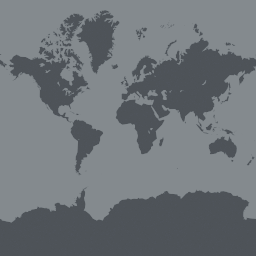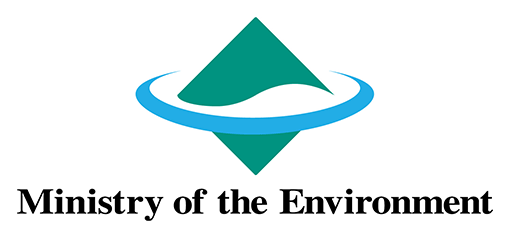Occurrence data is an invaluable resource to understand species distributions across space and time. Although essential for threat assessments, this information lacks for many species, especially among reptiles and amphibians. Data from field studies alone is often incomplete, given the elusive nature of these taxa. Museum collections on the other hand, provide much needed information on morphology, historical occurrence and distribution in the form of specimens and associated metadata. Unfortunately, this information is often not utilized to its full potential as it is not readily available.
With more than 135,000 faunal specimens collected from across the Indian Subcontinent over a period of 135 years, the Bombay Natural History Society (BNHS) is one of the finest natural history collections in Asia. This project aims to address a data gap of Indian reptiles and amphibians by digitizing BNHS specimens and associated metadata to make it readily available for conservation assessments, policy makers and stake holders.
The project team will assemble a digital database of specimen information, photographs and maps for publication in biodiversity informatics portals such as GBIF.org. This will add much needed information from the Indian subcontinent and promote data sharing and collaboration among various museums. Digitized access to more than a century of museum data in the form will support the global scientific community and policy makers towards further studies, biodiversity management and conservation initiatives in Asia.
Project Progress
The project started with entering verbatim data from registers into excel files for all the reptile and amphibian specimens in the collection at BNHS, which were then cross checked for errors, missing information and updated with current taxonomic changes.
During project implementation workshops targeting taxonomy, use of ERDAS imaging software and photography and image processing were conducted to train participants in morphological studies, mapping and specimen photography. Work to photograph specimens also began, with the project photographing over 500 amphibian type specimens and over 250 reptile type specimens from various angles focusing on important characters for identification. See example template images here.
Project activities have been covered in the October 2019 and April 2020 issues of the BNHS newsletter ‘ecoScapes’ which communicated to all members of the organisation. Outcomes of this project have also been shared at the GBIF Asia Virtual Summit 2020 and communicated and discussed across all the researchers of BNHS, associated members and stakeholders through an audio-visual presentation during the Annual research seminar in December 2021.
By final reporting the project published on GBIF from their collections in BHNS, a catalogue of type specimens of reptiles and amphibians respectively, a catalogue of sea snake specimens and checklists for all the reptile and amphibian species present. In addition to this it also published a complete catalogue including 9,766 occurrence records of amphibian and reptile specimens from the collection, which includes occurrence information from 23 countries for specimens collected between 1880 to 2019. 2,310 occurrence records are supported with geo coordinates.
Due the COVID-19 pandemic, a major aspect of the project towards visiting museums across India to study type specimens was severely delayed which meant delayed project implementation. In November 2021 the project finally managed to visit and study the type specimens in the Zoological Survey of India (ZSI, Kolkata), after which the complete catalogue was published, and the project finalized.



